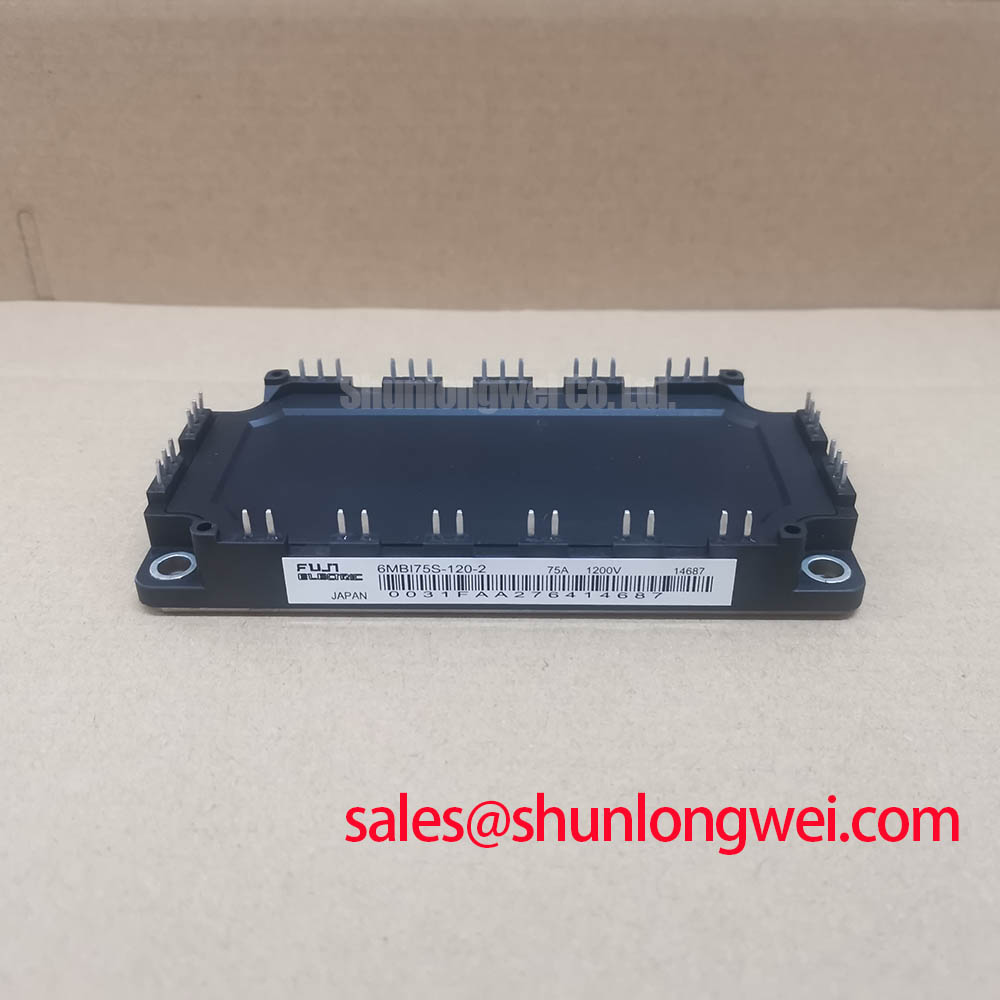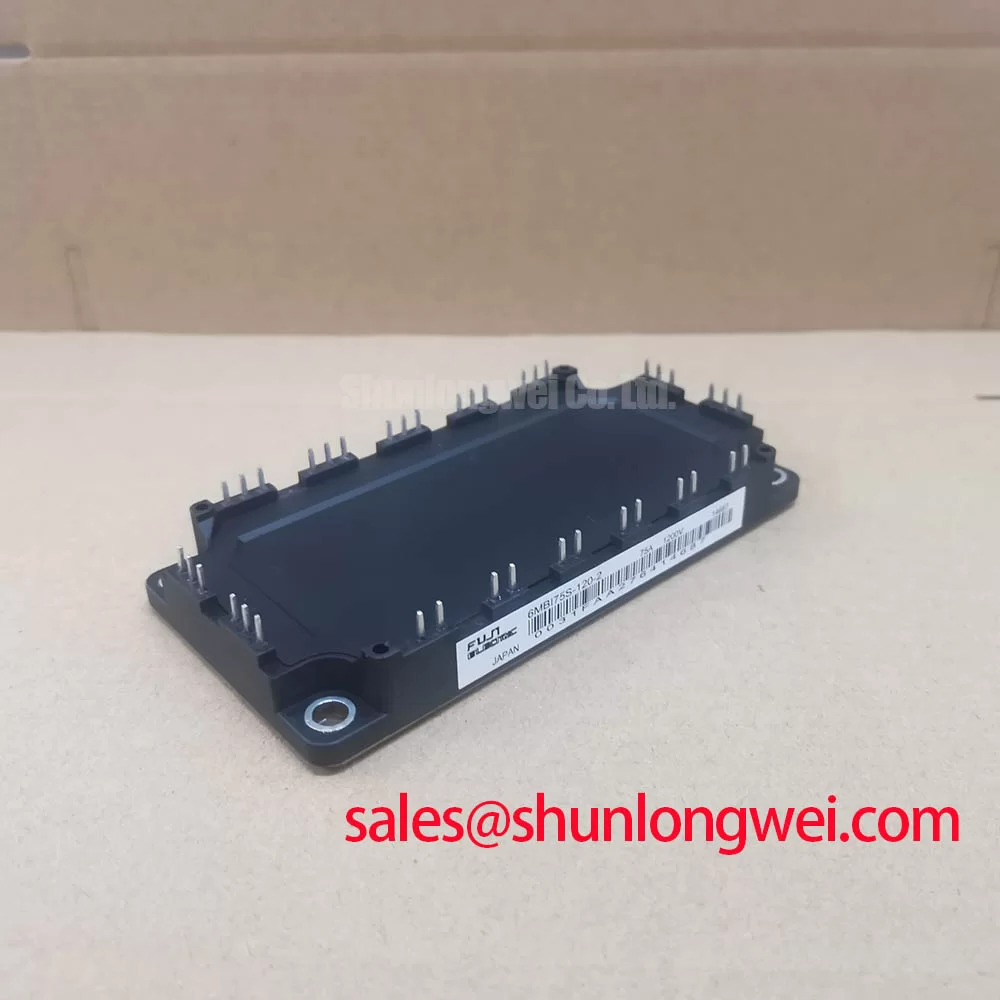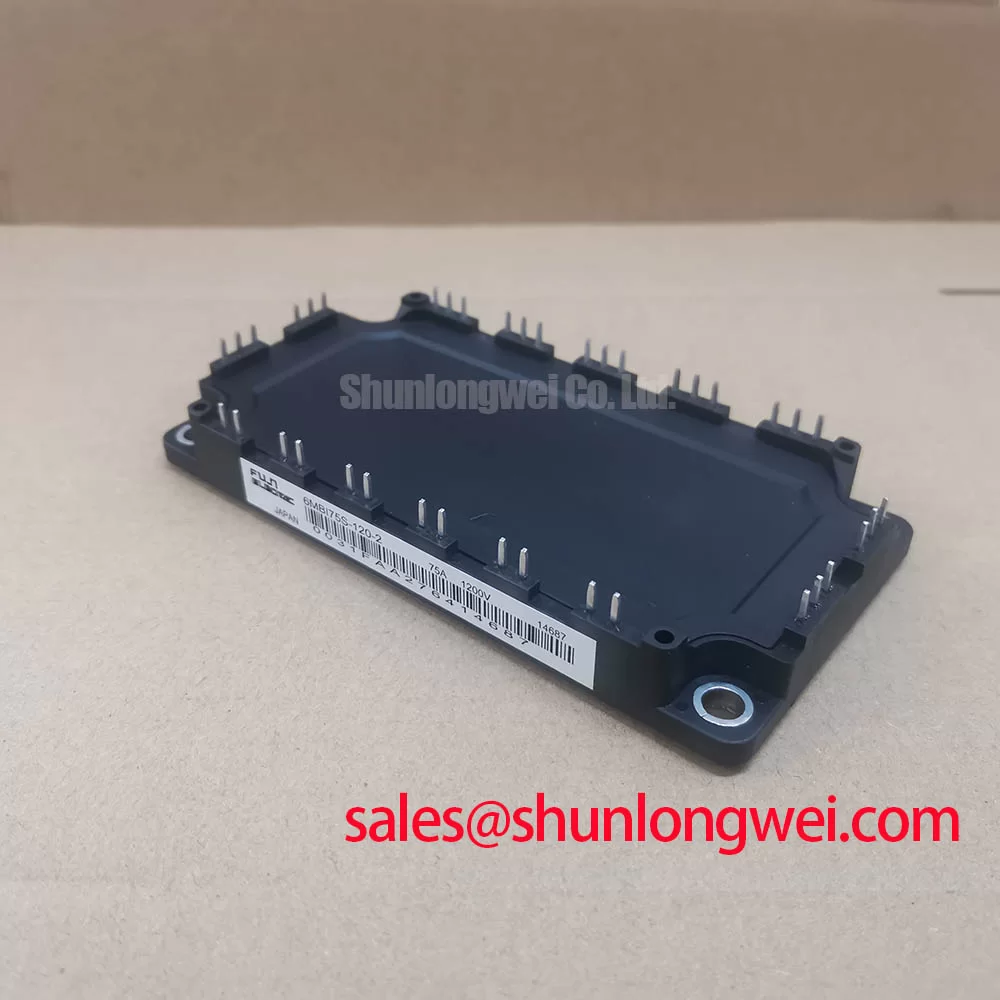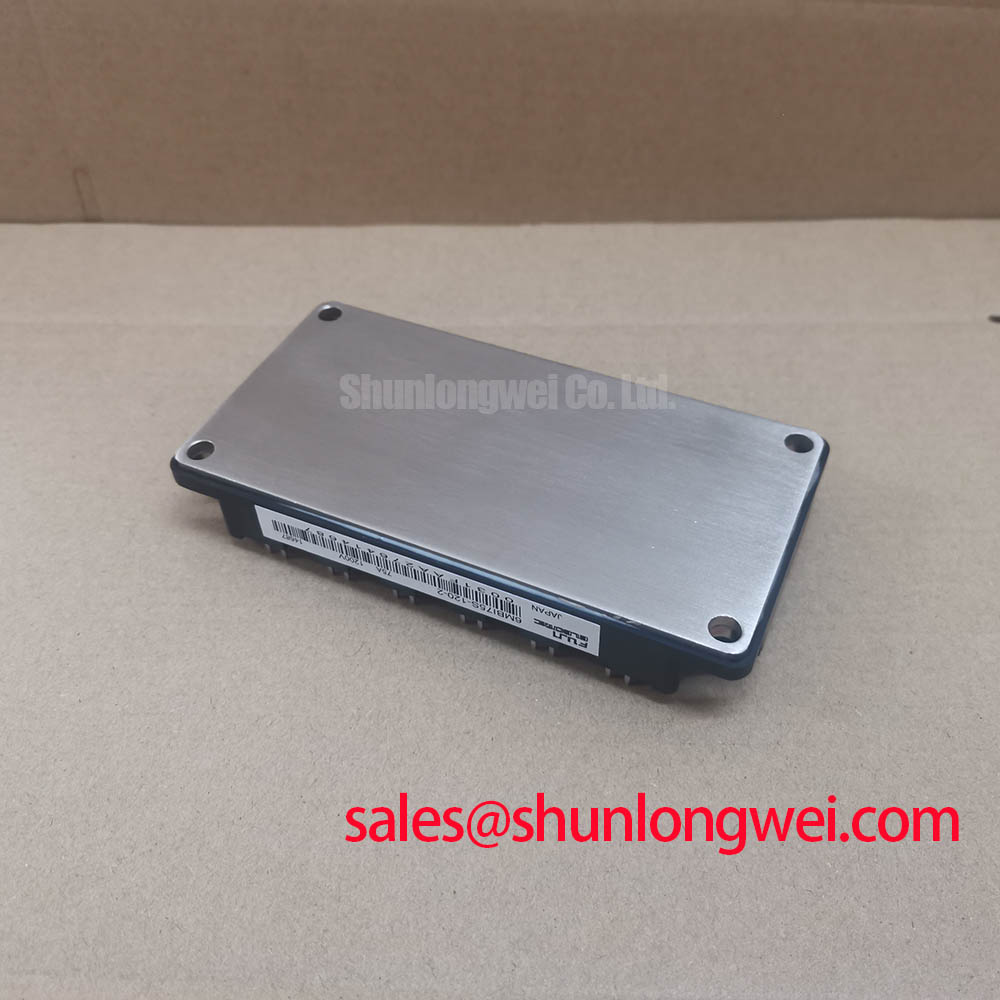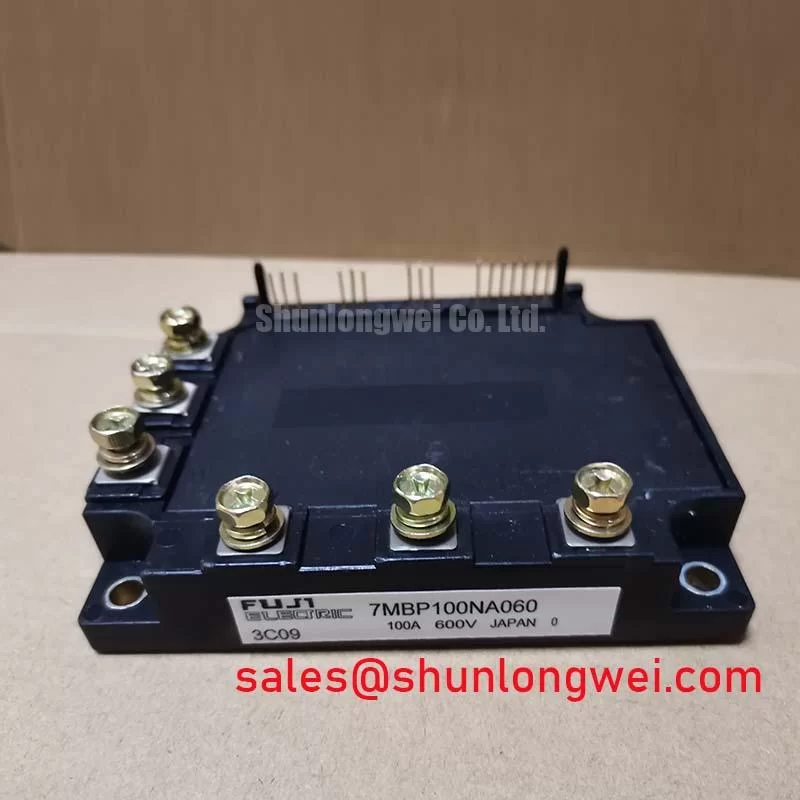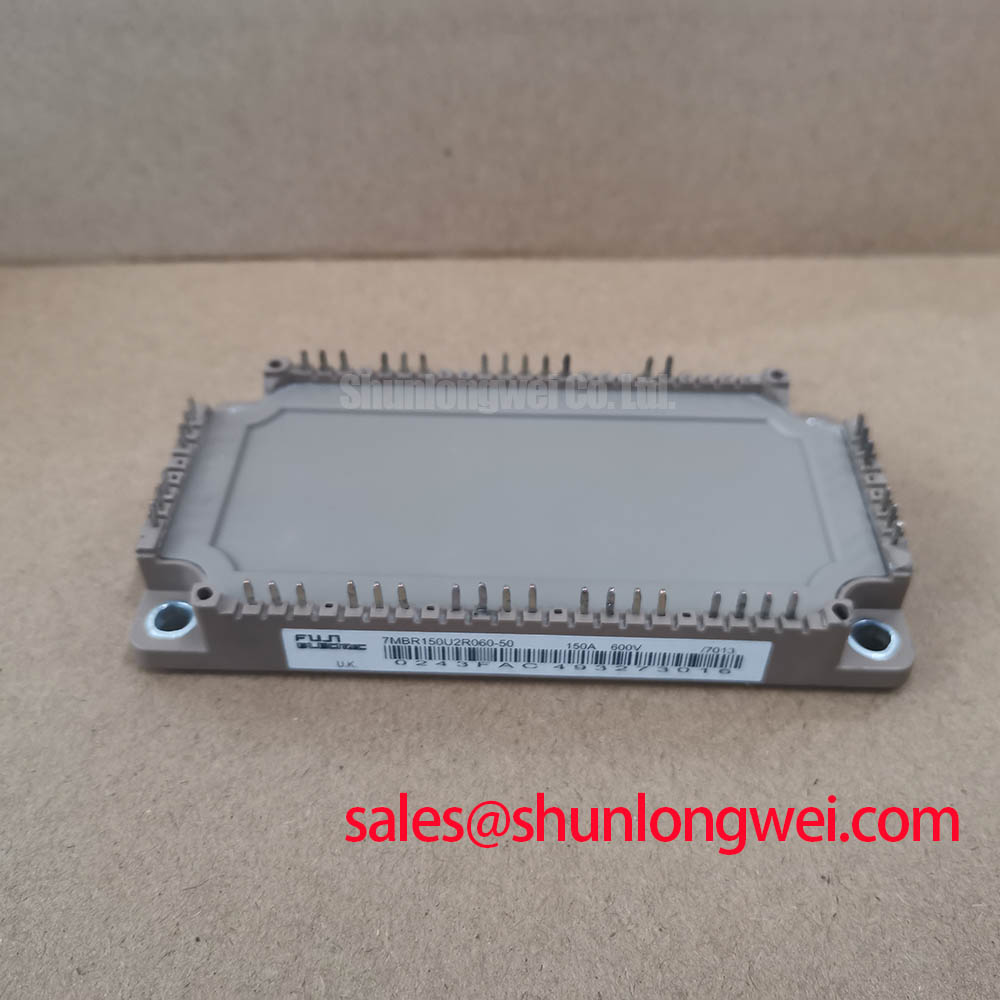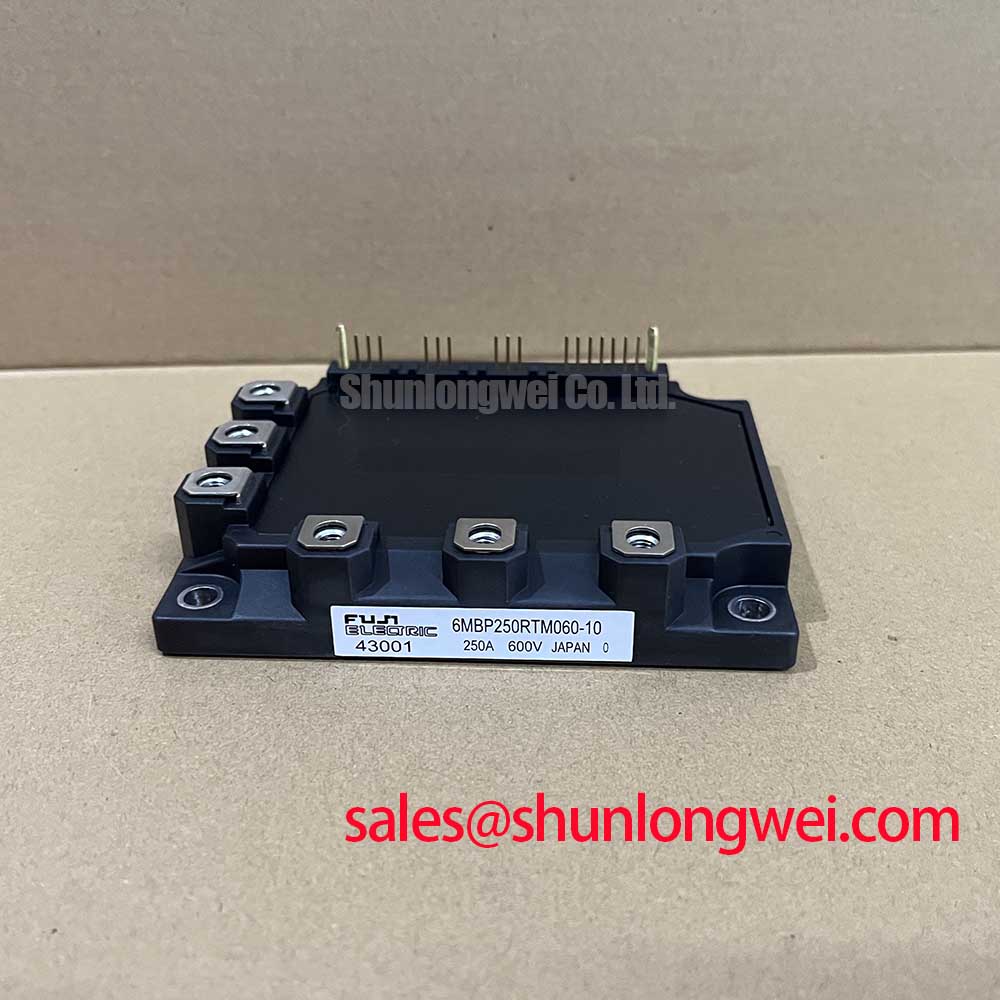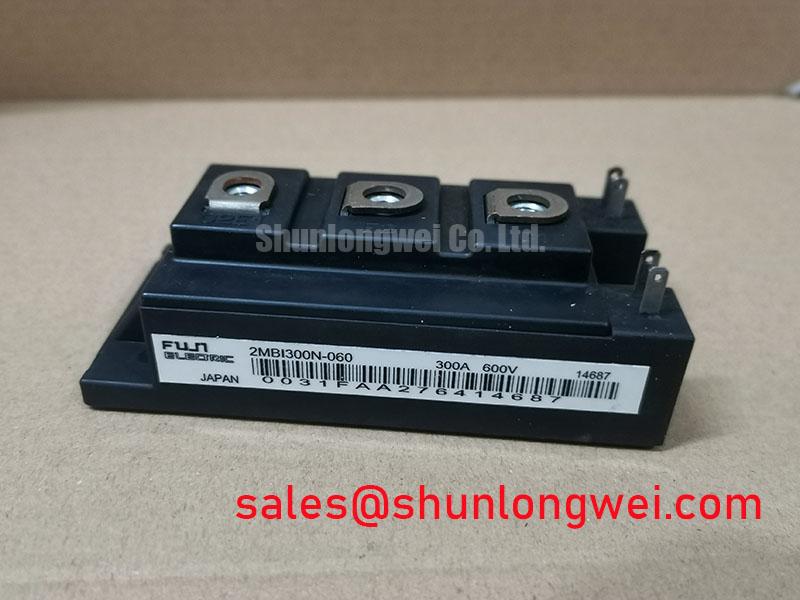6MBI75S-120-2: Technical Data & Application Guide for 1200V/75A IGBT Module
The Fuji Electric 6MBI75S-120-2 is a 1200V, 75A six-pack IGBT module from the S-Series, engineered to optimize total power losses for high-efficiency, compact inverter designs. Featuring key specifications of 1200V | 75A | VCE(sat) 2.1V (typ), this module offers tangible engineering benefits, including a reduced thermal load and enhanced power conversion efficiency. It achieves this performance by carefully balancing a low on-state voltage drop (VCE(sat)) with optimized switching energy, a critical consideration for demanding motor drive applications. This module is an excellent fit for frequency converters operating up to 20 kHz where minimizing both conduction and switching losses is a primary design goal.
Application Scenarios & Value
Content last revised on October 18, 2025.
System-Level Benefits in Motor Drives and Power Conversion
The 6MBI75S-120-2 is engineered for applications where power density and efficiency are paramount. Its primary value is demonstrated in systems like industrial Variable Frequency Drives (VFDs), which demand precise control and minimal energy waste. In a typical VFD, the inverter stage must rapidly switch high currents to control motor speed, governed by a Pulse Width Modulation (PWM) signal. The low switching losses (Eon and Eoff) of the 6MBI75S-120-2 directly translate to cooler operation at higher PWM frequencies. This allows design engineers to either shrink the required heatsink, thereby reducing system size and cost, or to increase the operating frequency for better motor performance without thermal penalty.
What is the main advantage of its integrated design? The six-pack topology simplifies the power stage layout, reducing parasitic inductance and improving reliability compared to discrete component solutions. This makes it a robust choice not only for VFDs but also for high-performance servo drives, solar inverters, and commercial Uninterruptible Power Supplies (UPS). For systems that require higher current handling within a similar package, the related 6MBI100S-120-02 offers a 100A capability.
Key Parameter Overview
Decoding the Specs for Optimal Switching Performance
The technical specifications of the 6MBI75S-120-2 are tailored for balanced performance in power conversion systems. The following table highlights the critical parameters that engineers must consider for effective design and thermal management. A focus on both static and dynamic characteristics is essential for maximizing efficiency.
| Parameter | Symbol | Conditions | Value |
|---|---|---|---|
| Collector-Emitter Voltage | VCES | VGE = 0V, Tj = 25°C | 1200V |
| Continuous Collector Current | IC | Tc = 80°C | 75A |
| Gate-Emitter Voltage | VGES | ±20V | |
| Collector-Emitter Saturation Voltage | VCE(sat) | IC = 75A, VGE = 15V, Tj = 25°C | 2.1V (typ), 2.7V (max) |
| Turn-on Switching Loss | Eon | VCC = 600V, IC = 75A, Tj = 125°C | 10.5 mJ/pulse (typ) |
| Turn-off Switching Loss | Eoff | VCC = 600V, IC = 75A, Tj = 125°C | 10.5 mJ/pulse (typ) |
| Thermal Resistance (Junction to Case, IGBT) | Rth(j-c) | 0.24 °C/W (max) | |
| Forward Voltage Drop (FWD) | VF | IF = 75A, VGE = 0V, Tj = 25°C | 2.1V (typ), 2.7V (max) |
Download the 6MBI75S-120-2 datasheet for detailed specifications and performance curves.
Technical Deep Dive
Analyzing Conduction and Switching Losses for System Efficiency
To fully appreciate the design of the 6MBI75S-120-2, it's crucial to understand the two primary sources of power loss in an IGBT: conduction and switching. The module's performance is a direct result of the trade-offs made in the silicon to minimize these losses for its target applications.
Conduction loss occurs when the IGBT is in the "on" state and is primarily determined by VCE(sat). Think of VCE(sat) as the electrical "friction" the current encounters as it flows through the switch. A lower VCE(sat), like the 2.1V typical value for this module, signifies less friction and therefore less energy converted into waste heat. This is calculated as Pcond ≈ VCE(sat) × IC × Duty Cycle. For applications with long on-periods, this parameter is a dominant factor in overall efficiency.
Switching loss, defined by Eon and Eoff, occurs during the transition between the on and off states. This can be compared to the energy required to open and close a heavy-duty valve. Each time the IGBT switches, a small amount of energy is dissipated. For high-frequency designs, such as a PWM inverter, these transitions happen thousands of times per second. Even a small reduction in energy per switch, as achieved in the S-Series design, compounds into significant power savings and a lower thermal burden on the system. A deep dive into these parameters using a resource like the IGBT datasheet guide is essential for accurate loss modeling.
Frequently Asked Questions (FAQ)
Engineering Questions on the 6MBI75S-120-2
How does the typical VCE(sat) of 2.1V impact the thermal design of an inverter?
A low VCE(sat) directly reduces conduction losses, which is the heat generated when the IGBT is on. This reduction means that for a given current, the device generates less heat, simplifying thermal management. Engineers can potentially use a smaller, less expensive heatsink or operate the device at a higher current without exceeding its maximum junction temperature, improving power density.
What is the significance of the soft recovery characteristic of the integrated FWD?
A "soft" recovery in the Free-Wheeling Diode (FWD) means the reverse recovery current decays more gently. This is critical because an abrupt "snappy" recovery can cause large voltage spikes and high-frequency oscillations (ringing). The soft recovery FWD in the 6MBI75S-120-2 minimizes these effects, leading to lower electromagnetic interference (EMI), reduced stress on the IGBT during turn-on, and improved overall system reliability.
Is it necessary to use a negative gate voltage for turning off the 6MBI75S-120-2?
While the module can be turned off with a 0V gate voltage, applying a small negative voltage (e.g., -5V to -15V) is a common best practice. This provides a greater noise margin against unintended turn-on caused by dV/dt effects or parasitic gate capacitance, especially in noisy, high-frequency environments. The datasheet provides characterization with a VGE of +15V/-15V, indicating this is the recommended drive condition for optimal performance.
What makes the 6MBI75S-120-2 particularly suitable for modern Variable Frequency Drive (VFD) applications?
Its suitability comes from a balanced design. It combines low conduction losses (low VCE(sat)) for efficiency at high loads with well-controlled switching losses (Eon/Eoff) for efficient operation at the higher PWM frequencies (10-20 kHz) common in modern VFDs. This balance, housed in a compact six-pack module from a reputable manufacturer like Fuji Electric, allows designers to meet stringent energy efficiency standards while maintaining a compact and reliable system architecture.
Strategic Design Considerations
Integrating the 6MBI75S-120-2 into a power system requires a focus on maximizing its inherent efficiency and reliability. The key to a successful design lies in optimizing the gate drive circuit to achieve the specified switching performance and implementing a thermal solution that effectively dissipates the generated heat. By leveraging the module's low total losses, engineering teams can develop more compact, cost-effective, and reliable power conversion systems that meet the increasing demands for energy efficiency in industrial and commercial applications. This module represents a strategic component choice for future-proofing designs against evolving performance benchmarks.

